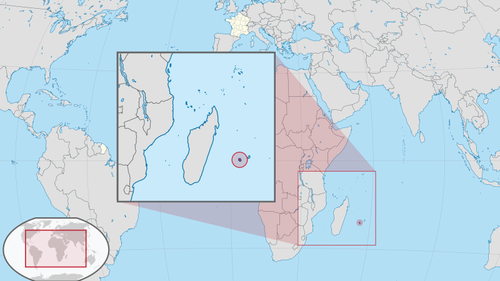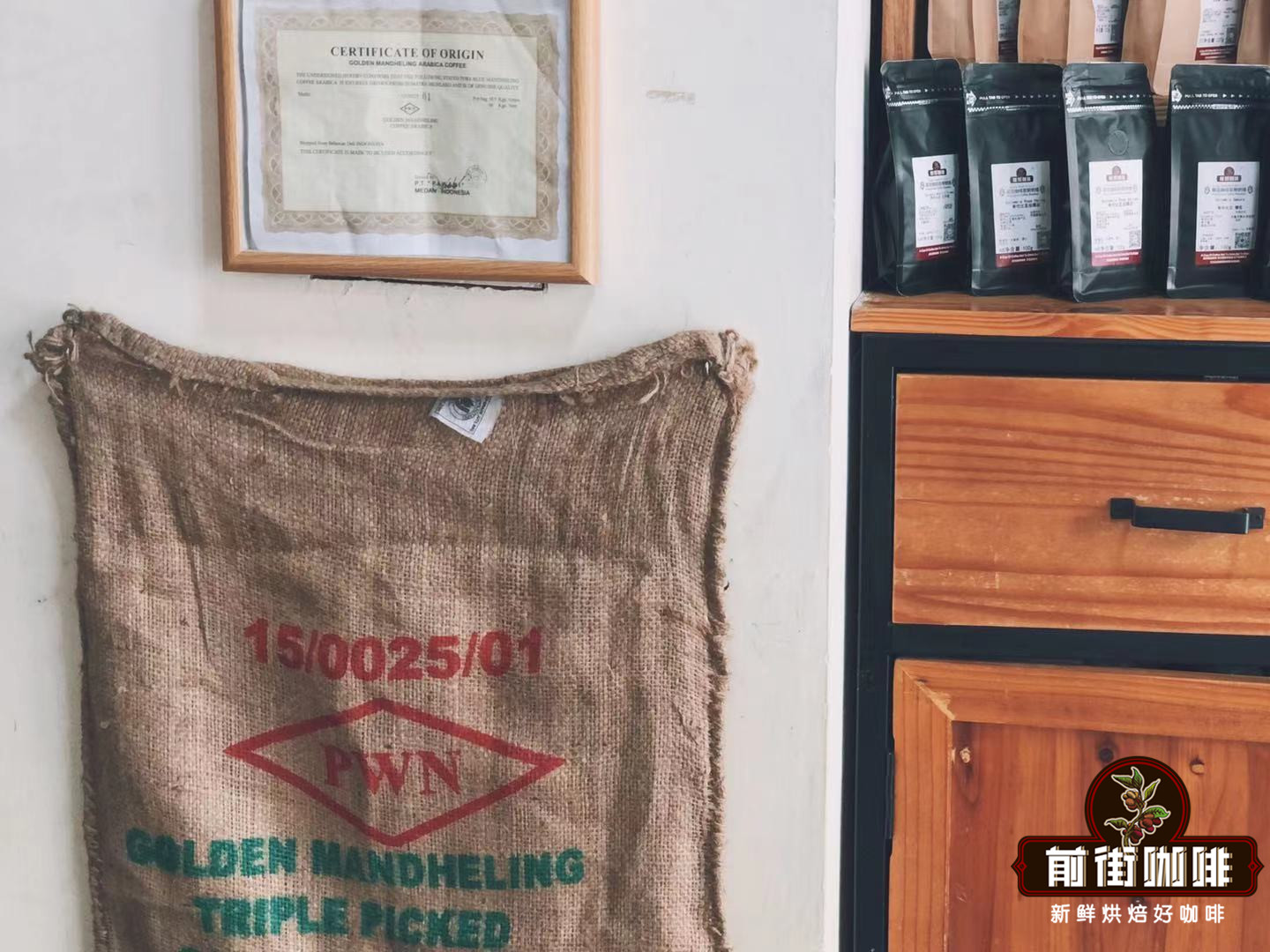Advantages and disadvantages of low-caffeine beans story Starbucks low-caffeine coffee content low-caffeine coffee treatment method to remove caffeine

Professional coffee knowledge exchange more coffee bean information please follow the coffee workshop (Wechat official account cafe_style)
The origin and development of decaf: why are all Swiss decaf sold?
At present, the common methods to remove caffeine are the use of organic solvents, the use of molecularly imprinted polymer technology, and the use of gene recombination to cultivate low-caffeine coffee trees.
Author = Zhang Jinjian, Cai Chonghuang (sort out the advantages and disadvantages of coffee from the standpoint of doctors)
Want to avoid excessive caffeine intake, and want to taste the flavor of coffee, there are several common ways to remove caffeine, in fact, it is not completely non-caffeinated, just a very small amount, the content of less than 2.5% can be called decaffeinated coffee. Here are some ways to remove caffeine.
How to extract decaf coffee?
Extraction with organic solvent, carbon dioxide and water
The organic solvent method uses mixed solvents such as dichloromethane and ethyl acetate to extract caffeine from the wetted coffee beans, then remove the residual chemicals with steam, and finally recover the toxic waste liquid. The released caffeine can be resold to drugmakers to make painkillers or to be resold into drinks containing caffeine.
Dichloromethane is a colorless, transparent, aromatic, slightly soluble chemical used as a solvent. Caffeine can be extracted from many raw materials because caffeine molecules bind to dichloromethane. The raw materials will be softened in water or steam. The next step is to treat the raw materials with dichloromethane. The following two methods can be used: 1 Direct method, the raw materials are directly immersed in dichloromethane to remove caffeine, which is not easy to affect the flavor of coffee beans. 2 indirect method, soak the raw materials in water to extract caffeine soluble in water, this process will also produce a lot of flavor and oil, therefore, the solution treated with dichloromethane, the material must be immersed in the solution to reabsorb the fragrance, but it is still easy to lose part of the flavor.
Because many natural fruits contain ethyl acetate, the products treated with ethyl acetate are called "natural decaffeinated". Caffeine is extracted in the same way as dichloromethane, except that the solvent is replaced with ethyl acetate.
When using carbon dioxide decaffeinated, heat the raw materials with carbon dioxide at high pressure and soften the raw materials with water. Carbon dioxide is supercritical at high temperature and high pressure (250m / m / m / 300). It can use the density of liquid and the diffusivity of gas to infiltrate coffee beans and dissolve caffeine. This feature reduces the cost of injecting carbon dioxide into coffee beans. The molecule of the fragrance is larger, so it is not affected, which is why this method can better retain the raw flavor, which will not cause damage to the coffee beans, the color will not change, and it is not easy to extract substances other than caffeine. In addition, carbon dioxide with high concentration of caffeine can be returned to the extraction tank after being absorbed by activated carbon or water. The carbon dioxide used in this method is non-toxic and can remove most of the caffeine, but the technology is more expensive and the products of this method are rarely seen on the market.
The process of treating caffeine with water is similar to the indirect method treated with dichloromethane, but without chemicals, which is more expensive to produce. Soak the moist coffee beans in the mixed extract of decaffeinated water and green coffee beans, and the caffeine in the high concentration solution of the coffee beans will run into the solution with lower caffeine concentration because of osmosis, and then wash and dry the decaffeinated coffee beans. Filter high-caffeine extracts with carbohydrate-treated activated carbon, which prevents activated carbon from adsorbing sugars and other aroma substances in coffee, but does not affect the absorption of caffeine by activated carbon. These decaffeinated solutions retain substances that improve the taste and aroma of coffee, so they can be re-injected into coffee beans. The water treatment method not only does not use any harmful chemicals, but also removes 94% of the caffeine.
Removal of caffeine by molecularly imprinted polymer technique
The target of molecularly imprinted polymer (Molecularly Imprinted Polymer;MIPs) is polymer, which can find a group of caffeine functional monomers according to the fixed structure pattern of coffee and make adsorptive capsules, which only allow caffeine to enter, so that caffeine can be separated.
Cultivation of low-caffeine Coffee trees by Gene recombination
Low-caffeinated beans have been cultivated in Java and C ô te d'Ivoire in recent years, and the natural caffeine-free variety (Coffea Charrieriana) found in Cameroon in 2008 was selected as the most interesting new variety, but without caffeine, the disease resistance becomes worse.
The research team of Nara University of Advanced Science and Technology has tried to use genetic recombination technology to cultivate low-caffeinated coffee plants. they inhibit the second gene in the phased function of the three genes during caffeine gene synthesis, and do not affect the aroma of coffee. The caffeine content in coffee beans produced by coffee trees cultivated in this way is indeed much lower after four years. Low caffeine
None of these methods can completely remove caffeine, but according to US federal regulations, the caffeine content of products labeled "low caffeine" must not exceed 2.5% of the product. Most of the caffeine removed during processing can be used to produce other products, such as drugs and some energy drinks, such as cola drinks, where less than 5% of caffeine actually comes from cola fruit. Many popular "high caffeine" soft drinks do not contain cola fruit extract at all, and their caffeine content mainly comes from caffeine extracted from coffee. Low caffeine
What is decaf coffee? what are the advantages and disadvantages of drinking decaf coffee?
Important Notice :
前街咖啡 FrontStreet Coffee has moved to new addredd:
FrontStreet Coffee Address: 315,Donghua East Road,GuangZhou
Tel:020 38364473
- Prev

The difference in flavor and taste between decaffeinated and decaffeinated coffee do the advantages and disadvantages of Starbucks decaf American coffee affect sleep
For more information on coffee beans, please follow the origin and development of low-caffeine and low-caffeine coffee in coffee workshop (Wechat official account cafe_style): why are all Swiss water-treated decaf coffees sold? Coffee is a necessary drink for many people every day, not only to boost their spirits or wake up their heads, but also to boost their spirits.
- Next
Is Decaf coffee decaf or decaf? Can pregnant women drink decaf coffee?
For more information on coffee beans, please follow the origin and development of low-caffeine and low-caffeine coffee in coffee workshop (Wechat official account cafe_style): why are all Swiss water-treated decaf coffees sold? Q: is Decaf coffee really decaffeinated? A: most Decaf coffee is just decaf, not zero caffeine! Generally speaking, Arabica
Related
- Beginners will see the "Coffee pull flower" guide!
- What is the difference between ice blog purified milk and ordinary milk coffee?
- Why is the Philippines the largest producer of crops in Liberia?
- For coffee extraction, should the fine powder be retained?
- How does extracted espresso fill pressed powder? How much strength does it take to press the powder?
- How to make jasmine cold extract coffee? Is the jasmine + latte good?
- Will this little toy really make the coffee taste better? How does Lily Drip affect coffee extraction?
- Will the action of slapping the filter cup also affect coffee extraction?
- What's the difference between powder-to-water ratio and powder-to-liquid ratio?
- What is the Ethiopian local species? What does it have to do with Heirloom native species?

